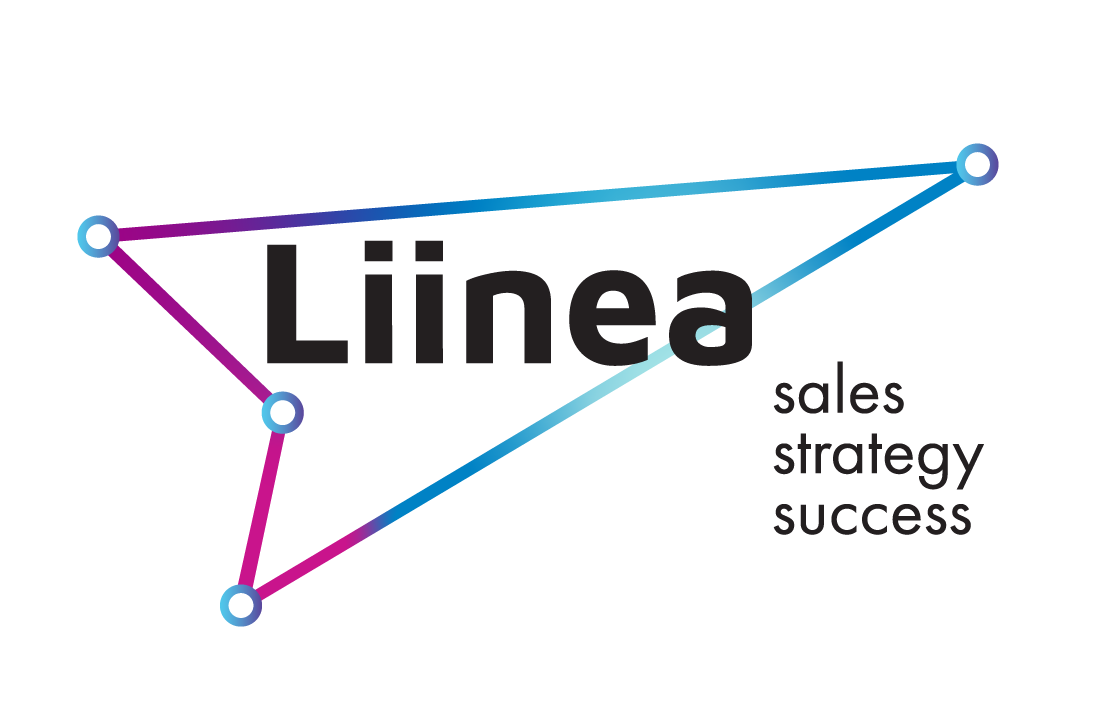Viktoria Fischer-Werth
The Psychology of Sales
3 ways to persuade others (part II)
3 ways to persuade others (part II)
By Viktoria Fischer-Werth
September, 2020
September, 2020
Sales is all about human interactions. A salesperson has to understand what's the right way to talk to others, how people perceive the product and how to convince prospects to take the next step and close the deal. Understanding psychology can help you to understand your customers - their thoughts, needs and decisions. And most importantly: it can provide you with powerful tools which will help you to convince your prospect more of what you are saying than simple words in a sales pitch.
You might think that most of consumer's buying decisions are based on rationality and facts. But the majority of people base their decisions on many irrational factors - to later rationalise their decisions with logic. Understand those irrationalities in human behaviour to understand how to persuade better and sell your product.
You might think that most of consumer's buying decisions are based on rationality and facts. But the majority of people base their decisions on many irrational factors - to later rationalise their decisions with logic. Understand those irrationalities in human behaviour to understand how to persuade better and sell your product.
Three Ways to Persuade Others

During your sales process (or in everyday life) there will always be a moment where you wish you could just easily influence the other person's mind and let them act in a certain way. But don't worry, you don't need to be a magician to do so, psychology is more powerful than you might think.
After our first edition, here is the second part of three simple and powerful ways to persuade better – and close any sale faster.
1. Drive sales by presenting goals
1. Drive sales by presenting goals
Many of our decisions are driven by goals, what we want to achieve and where we see ourselves later in life. This goal-oriented mindset doesn't only influence big life decisions, but also basic consumer behaviour. That's why you can easily drive sales by presenting goals.
THE GOAL GRADIENT EFFECT
People are more motivated by how much is left to reach their target rather than how far they have come. Even the illusion of progress towards a reward can be motivational and an incentive for your prospect to buy your product.

Psychologists monitored consumer behaviour during a coffee reward program where each customer was given a free coffee if they collected 10 stamps on a card. The customer's behaviour changed the closer they came to fill in the card. As the customers got more stamps, the frequency of their purchases went up by 16% in order to reach their goal of collecting all the stamps and getting a free coffee. In other words: as people get closer towards their goal, they increase efforts to reach their goal faster.
You can use this bias in different ways to increase your sales:
You can use this bias in different ways to increase your sales:
Reachable incentives
Help your customer to get started with easy reachable incentives (as with the coffee card). Near rewards are much more motivating than far-away ones!
Missing steps
Clearly show your customers the total number of steps in your deal, so they understand how close they are to completing it
Final goal
Present the final goal in any sales conversation to shorten the buying cycle and increase conversion rates
Here are further examples to show you how the goal gradient effect can be used. Big companies, such as Uber or LinkedIn, are using them as well, so give them a try!
2. Use social proof for your advantage
2. Use social proof for your advantage
Just imagine: you are on your holiday in Spain, trying to decide which restaurant to chose for dinner. One is packed with locals, the other one completely empty. Which one do you choose? I'm sure most of us would choose the first one, full of locals who must know what is good and what is not. It has to be the better one. What is more convincing than knowing that others already had a good experience with it?
This works not only with restaurants in foreign countries, but also with many other things.
This works not only with restaurants in foreign countries, but also with many other things.
SOCIAL PROOF

Social proof is a powerful technique to build trust and make a product more desirable. It reduces the perception of risk and persuades the prospect by showing him that others had a positive experience with the product.
In fact, almost 63% of consumers indicate that they are more likely to purchase from a site if it has product ratings and reviews. What's more, presenting positive reviews on your website can increase conversions by up to 270%!
When we don't have a fixed opinion of something, seeing that others have positive experience with it is often enough to trust it and give it a try. We believe that the actions of others must be the correct behavior in that given situation.
You can activate social proof in many ways:
When we don't have a fixed opinion of something, seeing that others have positive experience with it is often enough to trust it and give it a try. We believe that the actions of others must be the correct behavior in that given situation.
You can activate social proof in many ways:
Other customers
Refer to similar customers by using phrases like "most businesses in your situation …"
Reviews
Display positive reviews or customer testimonials on your website. Here you can find some examples.
Similarities
Show your prospects that buyers similar to them have purchased your product and experienced positive results
3. Frame your offers in terms of loss
3. Frame your offers in terms of loss
We don't like to lose. Whether it's a game, an argument or an item we own – it never feels good. How could this help with your next sales tactic?
Think of this example: what would you expect to affect you more - losing 100€ or winning 100€? Rationally seen, both events should evoke the same intensity of an emotion. But surprisingly the loss of 100€ provokes a stronger emotion than the joy we'd experience when winning the money.
Think of this example: what would you expect to affect you more - losing 100€ or winning 100€? Rationally seen, both events should evoke the same intensity of an emotion. But surprisingly the loss of 100€ provokes a stronger emotion than the joy we'd experience when winning the money.
FEAR OF LOSS

It has been established that the pain of losing is psychologically about twice as powerful as the pleasure of gaining. People are more willing to take risks to avoid a loss than to make a gain. This is because a loss is perceived as a more significant event, and therefore more emotion (and later action) provoking.
Of course, this doesn't mean that you should go overboard with using fear as a sales tool. "If you don't buy my product, something horrible will happen" wouldn't be the right approach, but rather use it carefully when the situation is appropriate.
How exactly? Here are two helpful ways how you can use loss aversion in sales:
How exactly? Here are two helpful ways how you can use loss aversion in sales:
Make your prospects feel like they already own your product
Once your prospects feel like that, they will not want to lose it again. Free trial is the best example. But even without a "free drive" you can induce this feeling of ownership by simply saying "Imagine you double your sales by the end of the month".
Save customers from future regret
Clearly express what your prospects would lose if they don't own your product ("Don't miss out on the great chance to double your sales and save a lot of time and effort!")
Have a look at your product and see how many of those positive sounding benefits which emphasise the desire for gain can also be changed into the fear of loss.
Final Words
Every time we interact with others, psychology comes into play. Especially in sales it's important to imagine yourself in the position of your prospects to understand their thoughts and needs. And most importantly, to understand how you should sell your product. Knowing certain persuasion techniques will help you to influence attitudes, beliefs and decisions. Everyone is susceptible to being persuaded. Try it for yourself and see how powerful psychology can be!
Are you interested in more sales insights? Then have a look at our monthly series of 5 sales insights which will help you to take your sales process to the next level:
>> 5 sales insights to take your sales tactics to the next level - AUGUST
>> 5 sales insights to take your sales tactics to the next level - JULY
>> 5 sales insights to take your sales tactics to the next level - JUNE
>> 5 sales insights to take your sales tactics to the next level - AUGUST
>> 5 sales insights to take your sales tactics to the next level - JULY
>> 5 sales insights to take your sales tactics to the next level - JUNE
We offer bespoke sales workshops and personalised coaching that cover: sales framework, sales process, sales pitch, strategic selling and many other sales topics.
Sales people who receive continuous training show
50% higher sales rates.
Please contact at karina@liinea.com
Sales people who receive continuous training show
50% higher sales rates.
Please contact at karina@liinea.com
Follow us on Linkedin for more sales insights
Sign up
to join our start-ups community and learn about new sales and marketing insights
to join our start-ups community and learn about new sales and marketing insights





